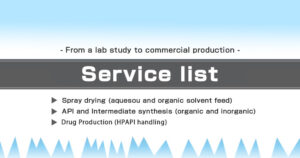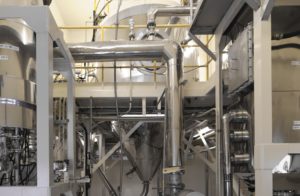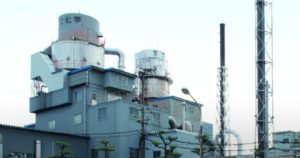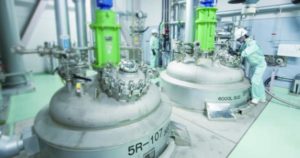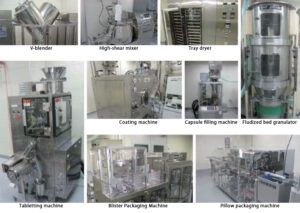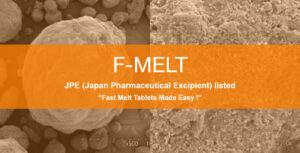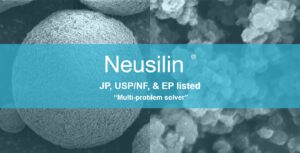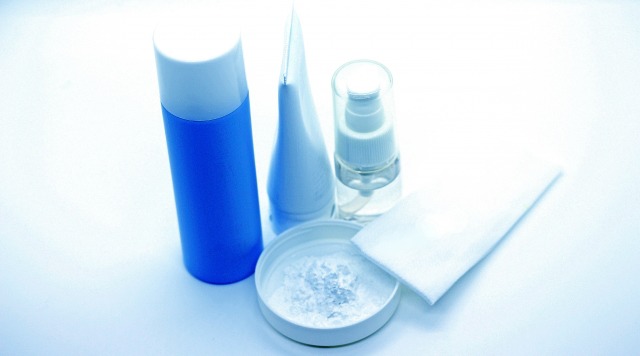
Neusilin UFL2 has a property to adsorb foul odors, and it can be used for deodorization of API, chemical and cosmetic materials.
Results of Odor adsorption
| Foul odor | Concentration / Amount used | Removal rate |
| Isovaleric Acid | 1,000ppm/100mg | 100 |
| Propionic Acid | 382.3ppm/20mg | 100 |
| N-butyric Acid | 311.8ppm/20mg | 100 |
| Acetic Acid | 849.8ppm/100mg | 99.6 |
| NH₃ | 1,000ppm/100mg 1,000ppm/200mg |
79.5 96.2 |
| (CH₃)2NH | 435ppm/100mg | 81.6 |
| H₂S | 1,000ppm/100mg | 31.4 |
Measurement method
Lower fatty acids (isovaleric acid, propionic acid, n-butyric acid)
- Fill 1L gas-collecting bottle with 20mg of sample and evacuate.
- The bottle is infused with 1.2μL of lower fatty acids to vaporize, and then returned to atmospheric pressure.
- After allowing to stand for 1 hour, measure the low fatty acids in the collection bottle by the GC method, and calculate the removal rate.
(Theoretical concentrations for each low fatty acid are 262ppm Isovaleric Acid, 382.3ppm propionic acid, and 311.8ppm n-butyric acid).
Acetic acid
- 100 milligrams of sample is placed in a 1L collection bottle and evacuated.
- 2μL of acetic acid is injected (theoretical concentration 849.8ppm) and vaporized before returning to atmospheric pressure.
- After allowing to stand for 1 hour, measure the acetic acid in the collecting bottle by the GC method, and calculate the removal rate
(CH₃)2NH
- 100 milligrams of sample is placed in a 1L collection bottle and evacuated.
- 3μL of 2NH(CH3) are injected (theoretical concentration 435 ppm) and allowed to evaporate before returning to atmospheric pressure.
- After allowing to stand for 1 hour, measure the acetic acid in the collecting bottle by the GC method, and calculate the removal rate.
Hydrogen sulfide and ammonia
- 100 milligrams of sample is placed in a 1L collection bottle and evacuated.
- Encapsulate ammonia gas or hydrogen sulfide (about 1000 ppm), and measure the residual concentration after leaving for 1 hour using a Kitagawa gas detector tube, and calculate the removal rate.

